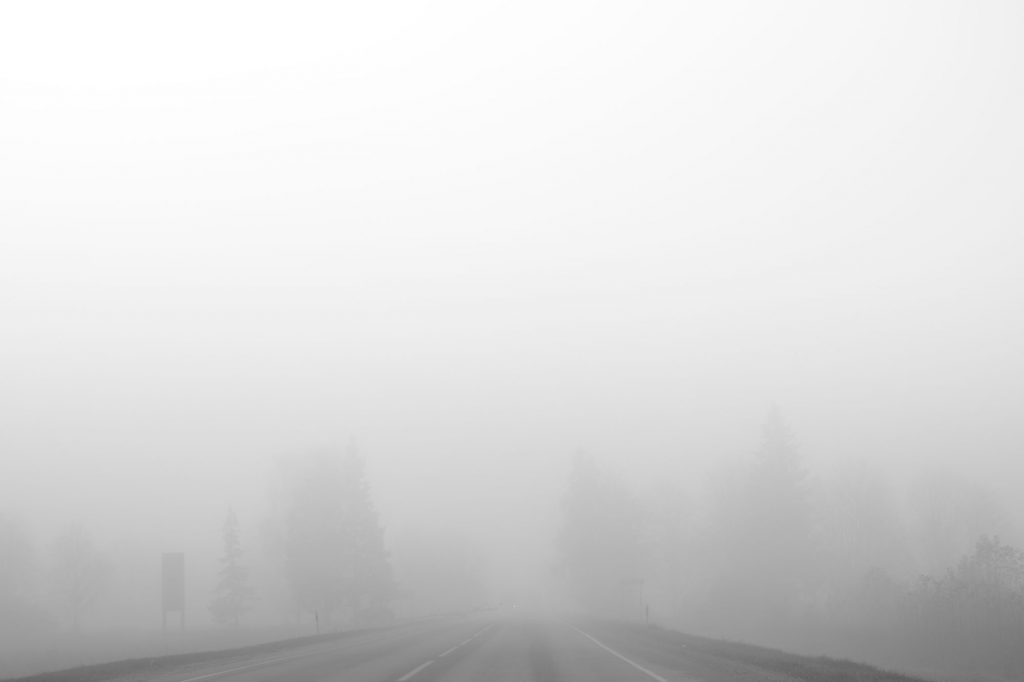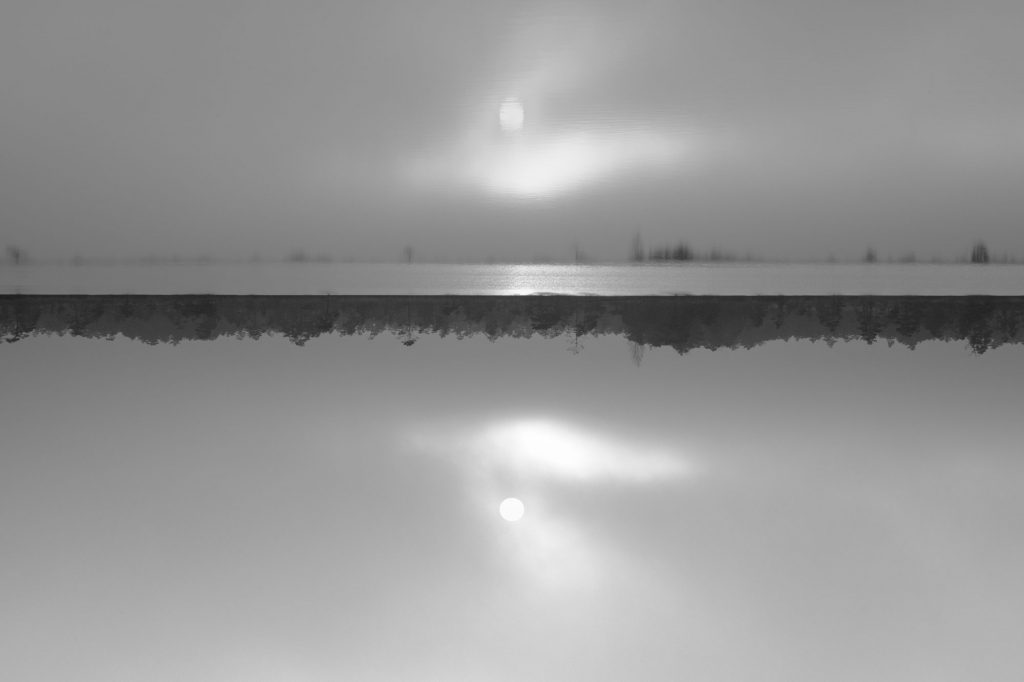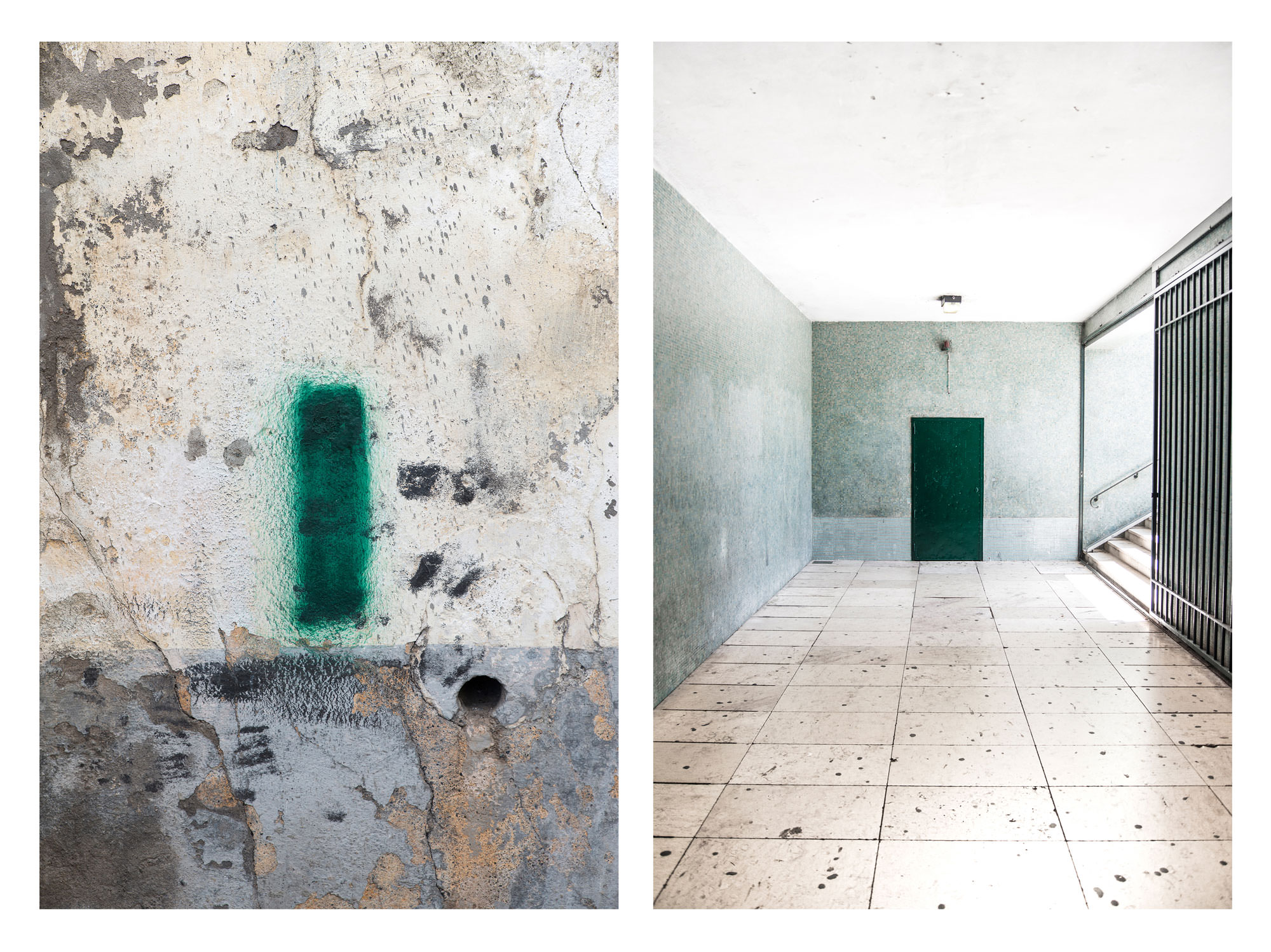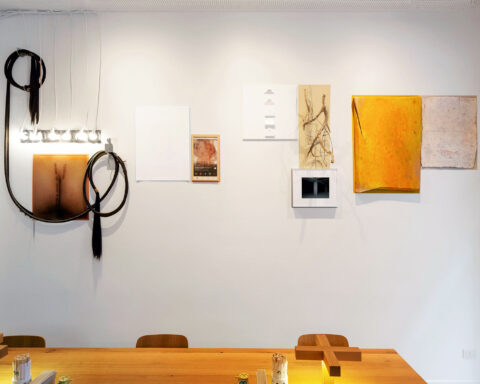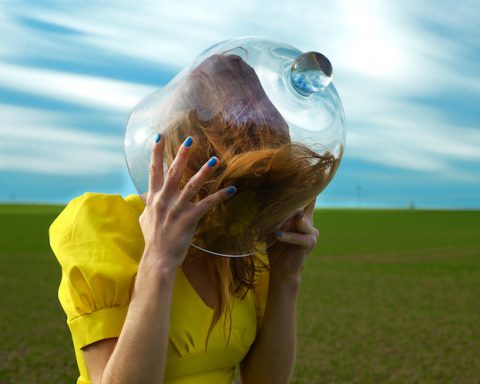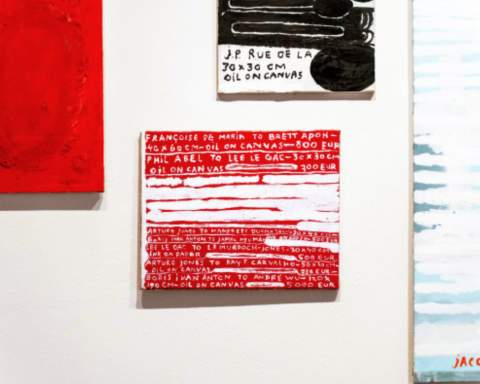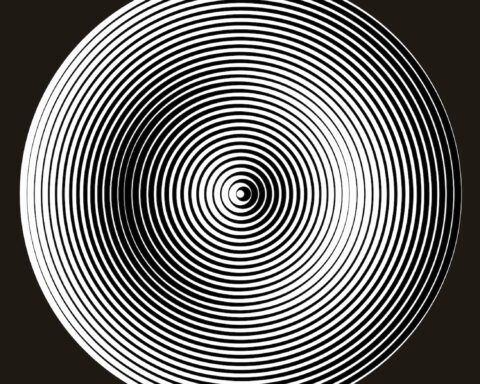Jakub Pasierkiewicz was born in 1980 in Poland. He graduated from the University of Silesia with a Masters in Fine Arts in 2005.
He gets ideas for his projects from the surrounding world and his personal experience. The main subjects of his photographs are opposites and harmony. As he stated: ‘we can witness those processes and factors everywhere: in nature or human behaviour. It takes sadness to know what happiness is, noise to value silence, etc. This unity of opposites supports each other creating indissoluble connections.
That’s why looking at different aspects of compositions, subjects, colours, tones, textures we are able to name those contrasts and find ‘the bridges’ between those elements’.’ Since he moved to England in 2006, he has exhibited his works mainly in Europe, US and Canada.
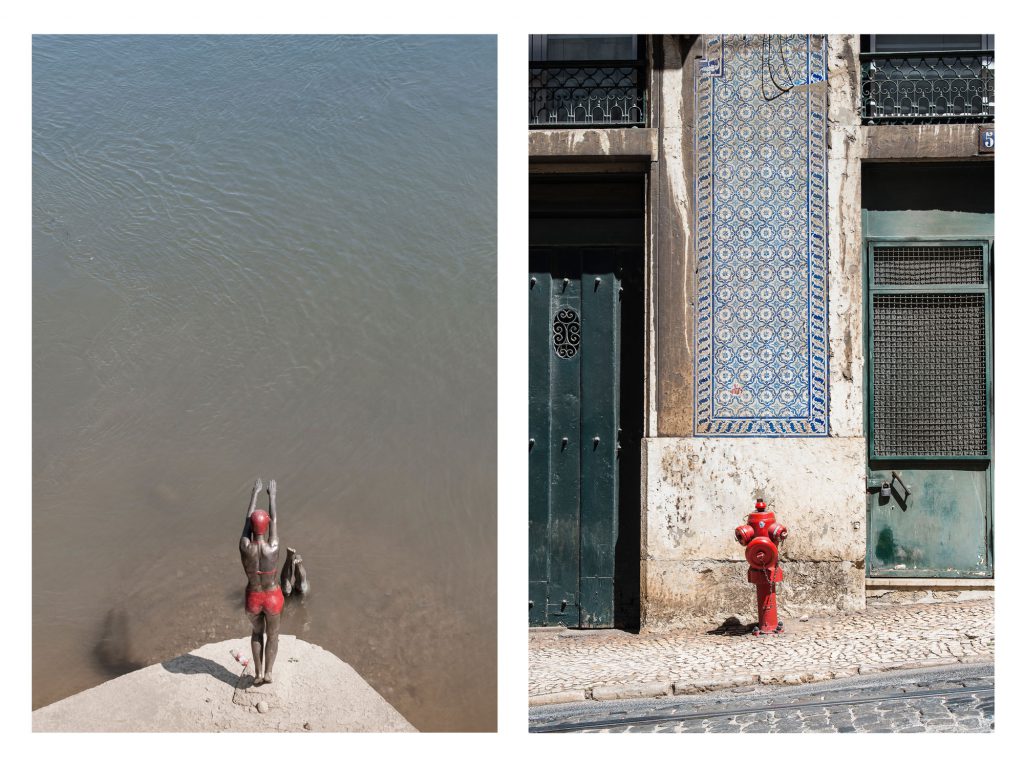
Francesca Pirillo: What initially inspired you to start doing art? Did you attend art school?
Jakub Pasierkiewicz: Considering this question I cannot stop thinking that my dad played a massive role in shaping my preferences and interests. He was my first teacher thank to whom I started to discover the world of art. I remember that it was under his directions when I managed to draw my first artwork.
As time passed, I started to develop my skills, which allowed me to make a final decision about continuing art education. I chose painting as my main discipline but soon after I realised what photography can offer. Finally, I graduated from the University of Silesia with a Masters in Fine Arts in 2005.
In short, it was during my studies when I consciously started to control or use a chosen medium to clearly express my ideas.
F.P.: How did you come to work with the mediums you use?
J. P.: My adventure with photography started when I was ten and I received my first manual film camera: a Russian Zenith 12XP. It took another 6-7 years before I really started to use that camera to take some pictures. However, I was not aware about of all of the technical aspects of this device, this experience became an introduction into a ‘photography world’.
Only during my studies I discovered the phenomenon of the darkroom, which gave me an incomparable and direct exploration of the medium of photography. With one’s own eyes we can then observe a single image appearance, which we are a creator of – a person who decides about a final form of the produced picture.
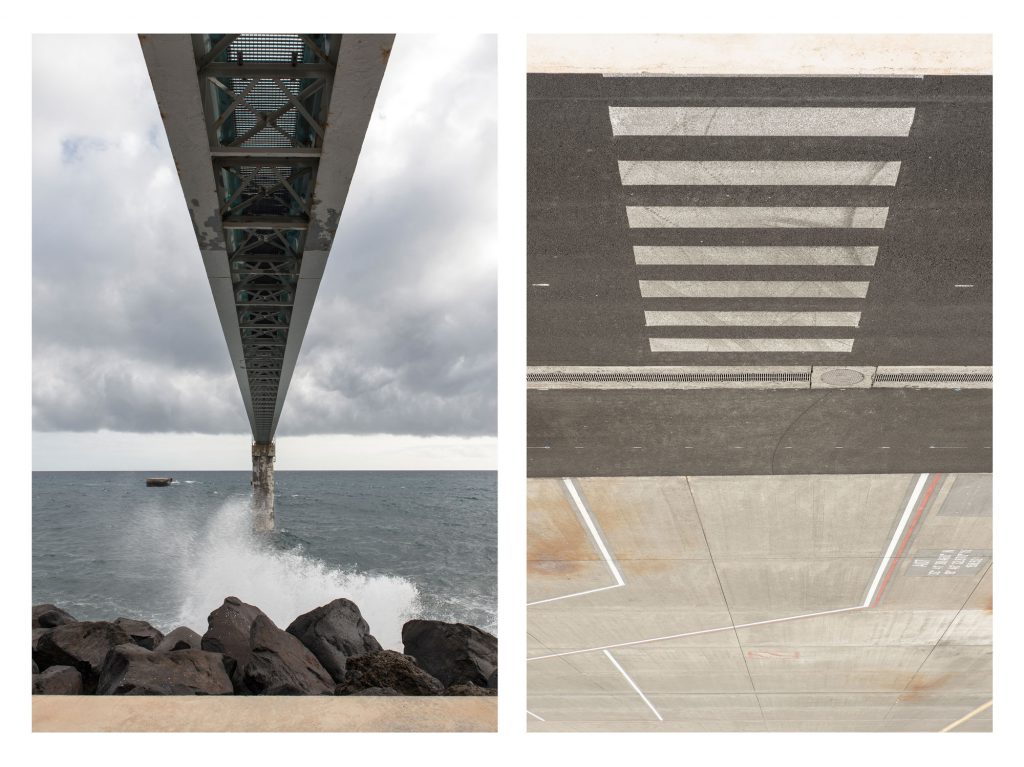
F.P.: How would you best define your approach to photography?
J. P.: I use my camera to transfer and materialise the emotions, which develop in my mind, the excitement caused by encountered reality.
Sometimes the photos can be abstract, showing different aspects of colours and forms, whereas other times they can simply reflect certain situations taking place in front of my camera.
I would say that photography is an essential accomplishment of my artistic language.
F.P.: What has been the biggest single influence on your way of thinking?
J. P.: This is a very problematic question, as I cannot figure out a simple answer. It is not possible to hierarchize everything which had an impact on my current attitude. On balance, I can say that everything is influential in some way and affects my personal viewpoint, especially what I experienced in my private and professional life. Certainly, my first contact with abstract art was a fundamental moment in changing my perception and allowed my mind to open for a different understanding of reality.
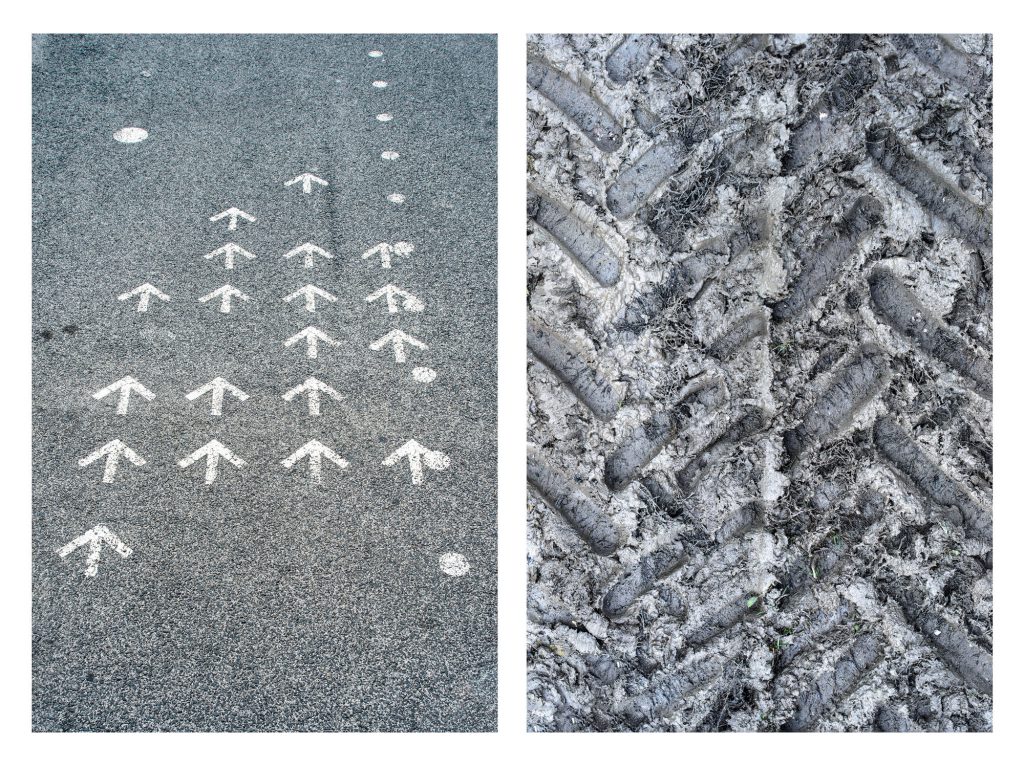
F.P.: Can you tell a bit about the inspiration behind Natural Resemblance series?
J. P.: The set of these photographs evolved from images collected over the years, taken in different locations and at different times.
Often, we come across images, which have very little in common regarding their subject, yet which seem to be closely resembled. It is a sort of unintentional recollection, where retained images in our memory appear in newly encountered situations, phenomena, or objects. Some might call it Déjà vu – as an anomaly of memory, which creates a distinct impression that an experience is “being recalled”. Subconsciously similar motifs draw one’s attention. Individual elements of compositions, or colour combinations, all bring deeply embedded memories of past experiences.
F.P.: What is the relationship between your work and nature? Tell us about your mysterious landscapes of Encoded Suprematism and Soomaa series
J. P.: I love nature and it has always taken a special place in my life. Actually, I try to spend my free time close to nature which often is an inspiration in some of my projects – not only photographic ideas. In my drawings, for example, I try to use found objects, paper sheets. It is about recycling and reprocessing these elements.
Situated in southwest Estonia, Soomaa National Park is one of the most valuable parts of the remaining extensive wilderness area, known for its fifth season when waters rise and the land is flooded. The unique swamp forests are not only of a great botanical value but also they are a home to many species. This is why it became a destination of my explorative trip around that amazing place.
Thanks to its untouched nature, the alluvial meadows and forests, this land presents outstanding views and provides relaxing and memorable experiences. The surface of the water flowing over plain grassland can be found as a natural portal, which reflects the characteristics of the land and invites us into a fabulous, surreal world. Talking about ‘Encoded Suprematism’ it would be hard to hide the fact that the inspiration comes from an art movement, which was founded by Kazimir Malevich. Suprematism – because it is about this – focused mainly on basic geometric forms, such as circles, squares, lines etc.
In my photographic compositions, which are full of cubist shapes, we can grasp a personal and simplified ‘Malevich’s grammar’. We experience the dialog between dimensional forms that appear in a world surrounding us and advanced forms used in art.
Geometric abstractions, sometimes created as a result of pure coincidence or an unwitting intervention of the creator, constitute some specific forms of coded information. Arranged in stable, architectonic compositions, these fundamental art forms of abstraction follow Malevich’s vision about the world’s only true reality: that of absolute non–objectivity.
A primeval function and meaning of these geometrical signs are being switched off. All duties such as warnings, directions, information or giving orders, are replaced with a minimalism–style aesthetic, a new language. Signs unloose it from its concreteness. The visual characters are no longer linked to the objects they identified – they are insignificant. As Malevich said: ‘forms must be given life and the right to individual existence’.
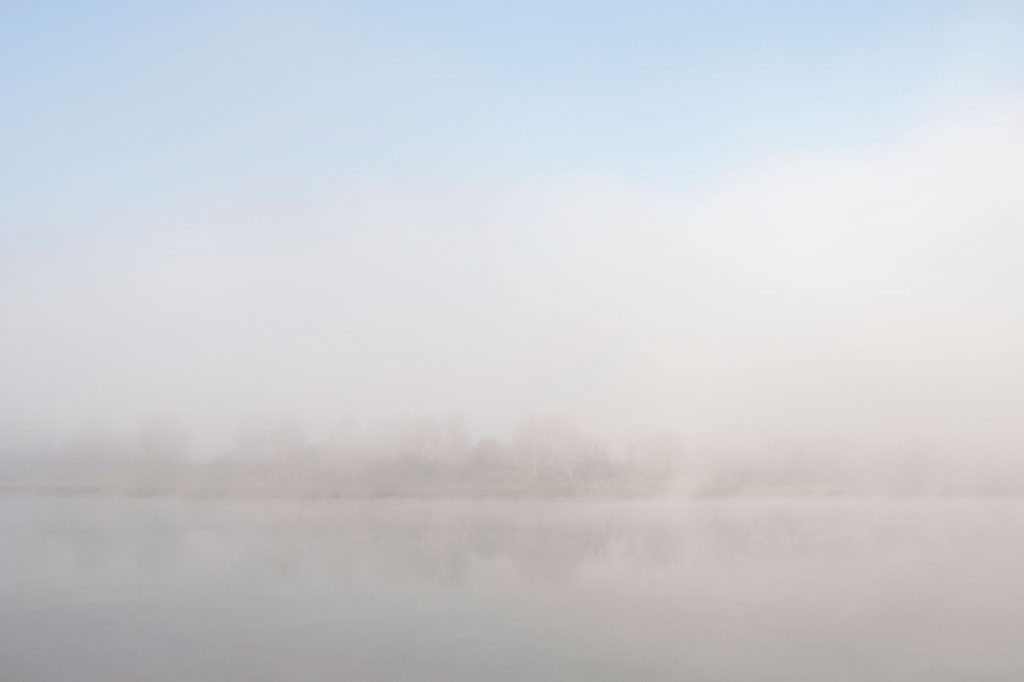
F.P.: What do you hope people take away from your art?
J. P.: Everyone perceives art individually and subjectively. I can only hope that my art shows a transparent message. I don’t expect that all observers will automatically agree with my vision/idea. What I want to achieve is a dialog with a viewer. This would not be possible if the concept in my art is not clear.
F.P.: What about Shreds of Memory? How did this project come about?
J. P.: I started this project many years ago and it is still a work in progress. The main focus of this series is the symbiosis of a figurative image of a human with some elements of an arbitrary action, which is caused by natural factors such as time. These are often a result of coincidence, which creates in the end an abstract image.
These compositions of layers, which were created with reminiscences of past events, represent a collection of coded information about a variety of aspects of our life and unravel the passage of time.
F.P.: What are you working on at the moment?
J. P.:I always have plenty of concepts in my mind so to be honest there are a few projects, which I started or I am going to. I don’t want to tell a lot as I always try to finalise the idea before I start talking about it. I can only say that I am close to finishing a series of photographs that will show similar places, character is mainly dictated by one leading colour. Sorry – I cannot add anything else.
